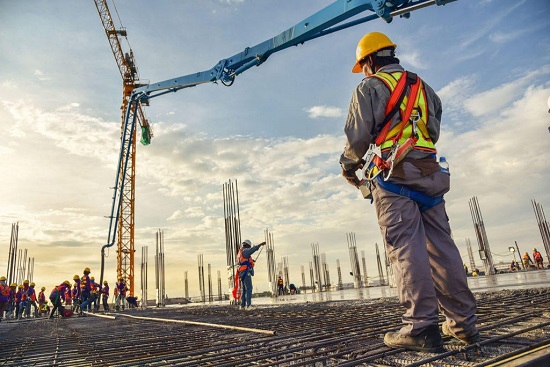 Monday, May 13, 2024
Monday, May 13, 2024  Monday, May 13, 2024
Monday, May 13, 2024 
Automation and digitization are revolutionizing nearly every industry, but in old school fields like construction, automation technologies have the potential to be truly transformative. The sector is a canary in the coal mine for broader automation adoption trends, and it’s a good bellwether for big changes on the way.
The construction robot market is expected to reach $166.4M by 2023, up from $76.6M in 2018. Contractors and developers are leaning into robotic technology as it becomes more commonplace, and they see an increased need for enhanced productivity, quality, and safety due to continued urbanization. Adoption will speed amid massive new infrastructure spending, including in areas like design and final inspection and repetitive tasks on the job site.
I connected with Raffi Holzer, co-founder and CEO of Avvir, a software platform operating in this space, to discuss how automation is reshaping how project owners and contractors manage construction progress and introduce new efficiencies into old processes.
GN: We’ve followed various progress tracking solutions for the job site (drones, hard hat cams, etc.). Can you tell us how effectively they’re being integrated on the job site?
Raffi Holzer: There is a range of effectiveness in how progress tracking is being implemented on the job site. There are some jobs in which progress tracking is used simply for documentation, and the data that is captured is used largely for retrospective purposes. So, for instance, if the facility manager needs to see behind a wall or in a litigation scenario, the GC can hold the trade to a particular issue.
Technology-mature companies use progress tracking as a proactive decision-making tool. This can affect things like staffing, resourcing and can help GC’s get a real-time handle on the state of the job site. When talking about where we’re headed, I think the industry will be proactive and predictive. GC’s will be able to identify the likely implications of certain delays and how that will affect the project’s critical path and overall delivery.